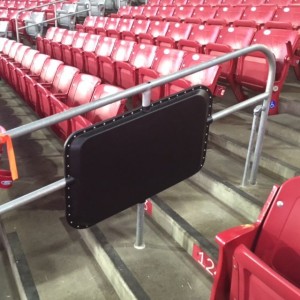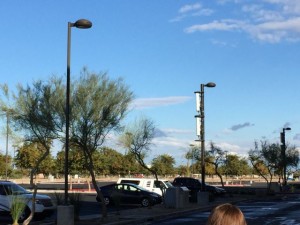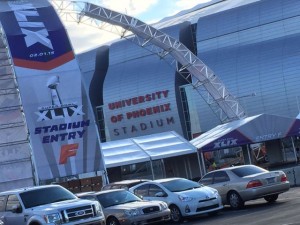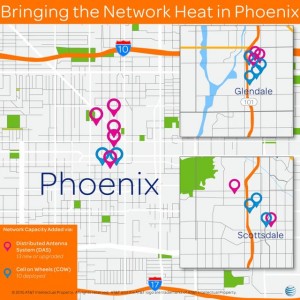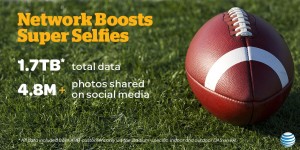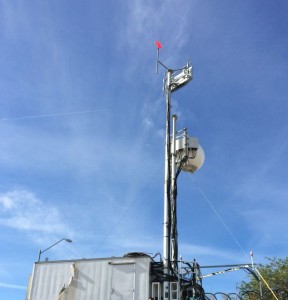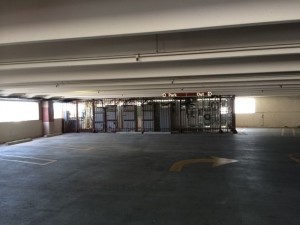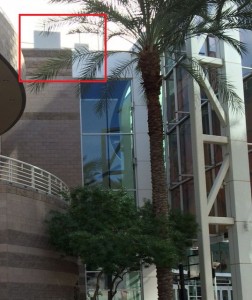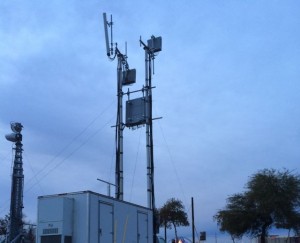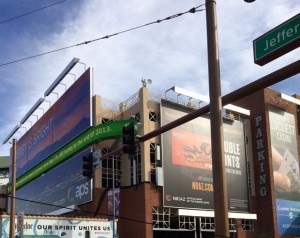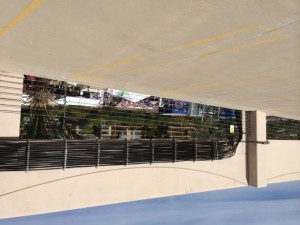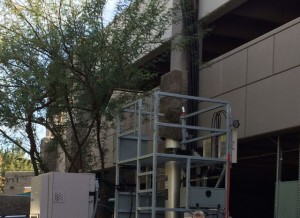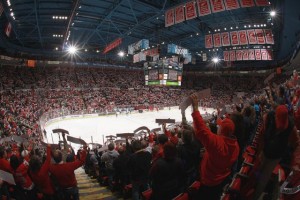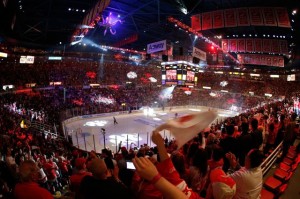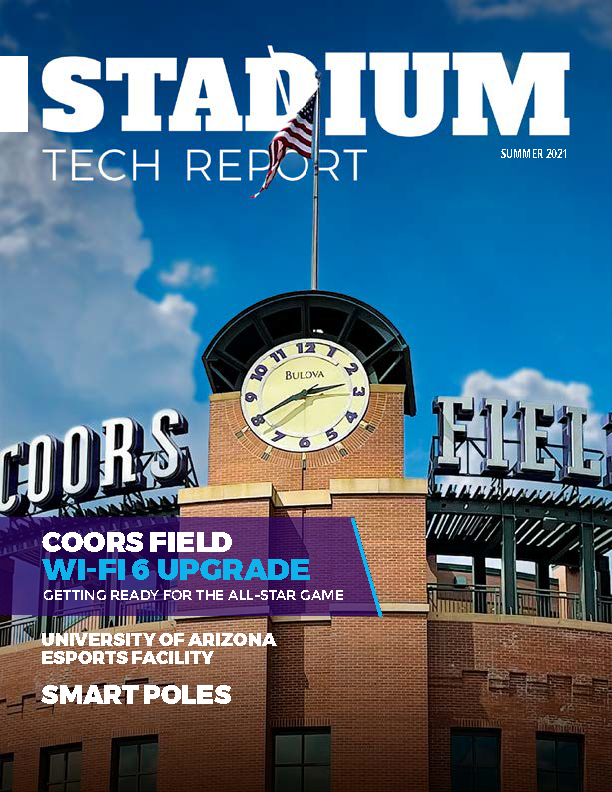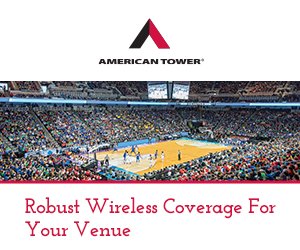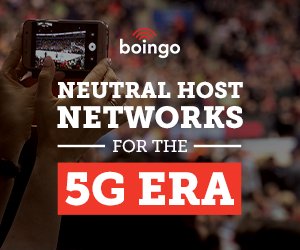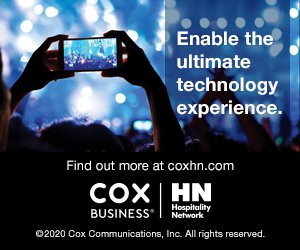Comcast continues to expand its presence in the stadium Wi-Fi marketplace, with announcements that revealed the cable giant’s participation in Wi-Fi networks at both the Tennessee Titans’ LP Field and the Wells Fargo Arena in Comcast’s headquarters hometown of Philadelphia.
In a somewhat confusing press release, Comcast last week revealed that it was the backbone service provider for the Wi-Fi network at LP Field, which was installed by Extreme Networks and was supposed to be live all season. In its press statement, Comcast said its 1 Gigabit per second backbone service would bring LP Field fans “Wi-Fi for the first time,” leading almost every media outlet who reprints press releases to assume that services hadn’t yet been offered at the stadium.
But not MSR.
According to Comcast, the pipe was actually installed before the start of the past football season and as far as we know the Wi-Fi was active all year long, though in an email a Comcast representative claimed that the announcement wasn’t made earlier because the Wi-Fi network “was in a test-phase.” We have emails in to the Titans and to Extreme to see if we can get more clarification on how well the network operated this season; the bottom line good news for Titans fans is that with a 1 Gbps redundant connection in place, the network should have no problems handling game-day wireless traffic.
At the Wells Fargo Center, Comcast announced that it was upgrading the free-to-fans Wi-Fi network that already existed at the venue, adding an unspecified number of Cisco access points to increase coverage. Another 1 Gbps backbone has been installed there, and here’s a press release quote from Comcast to let you know more such deals may be on the way:
“Our goal is to make the Wells Fargo Center a leader in innovative technology and fan interaction,” said Dave Scott, President of Comcast-Spectacor. “This upgrade is just the first of many exciting advancements we will be making at the arena and is a preview of the innovations we can bring to other arenas across the country and in Canada.”
Comcast, as Niners fans may know, provides two of its own 10 Gbps pipes (as well as two more 10 Gbps pipes from another unnamed supplier) as the backbone service for Levi’s Stadium in Santa Clara, Calif. Comcast also said it supplies backbone bandwidth to facilities for the Denver Broncos, the Jacksonville Jaguars, the Boston Celtics, The Oakland A’s, the Boston Red Sox, the Detroit Tigers and the Atlanta Hawks.

